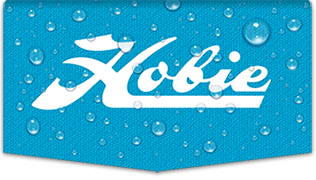|
Sorry, my mistake on the reefing bit. I do occasionally have a very minor problem unfurling the last foot or so of the sail, but it is just a matter of binding, not sand. I simply reach up to the bottom of the sail and pull it out by hand. ("bottom of the sail" I'm sure there is some jargon for this, but not being a real sailor, I'm at a loss.)
I have my mirage drive in 95+% of the time and have not experienced serious weather helm at 10 knots wind speed unless the rudder was not locked down properly.
Now, just this past weekend, I had the opportunity to experiment with the drive-out/faster speed idea. I was travelling directly before light winds (I have no idea of the wind velocity). I was heading toward a campsite about 11 mi distant--pretty much straight-lining it. With the fins straight down, I made 1.6-1.7 mph. When I pedaled moderately, which I do much of my sailing time, I made 2.4-2.5 mph. When I removed the drive, I made 2.1-2.2 mph. This was running before the wind--NO LATERAL FORCES to speak of.
I repeated the "test" several times with the same result. The speeds are based on my GPS.
By the time I returned, the wind had switched around 270 deg and was coming in broadside. I did not do any speed experimentation, since the winds were rather gusty. I would place the winds at nominally 14-15 mph. Rather ironically, as I was pedaling, a fin mast came out. Remembering my experimentation, and that there was little drop-off in speed of pedaling vs no drive, I simply removed the drive and sailed on in. Because the winds were gusting, and because I could not run as nice a test as previously, I did not worry about a "test." However, I did note that the drop-off in speed seemed to be fairly minor (i.e., pedaling vs drive-out.) I did not think about "weather helm," because it was neither a problem before or after removing the drive.
Returning to the weather helm problem a moment. If I do not keep my hand on the steering handle making minor adjustments, the boat certainly turns into the wind. As mentioned elsewhere on this forum, it helps to slip a 1/4" line under the steering handle to help hold it in place.
Keith
|






